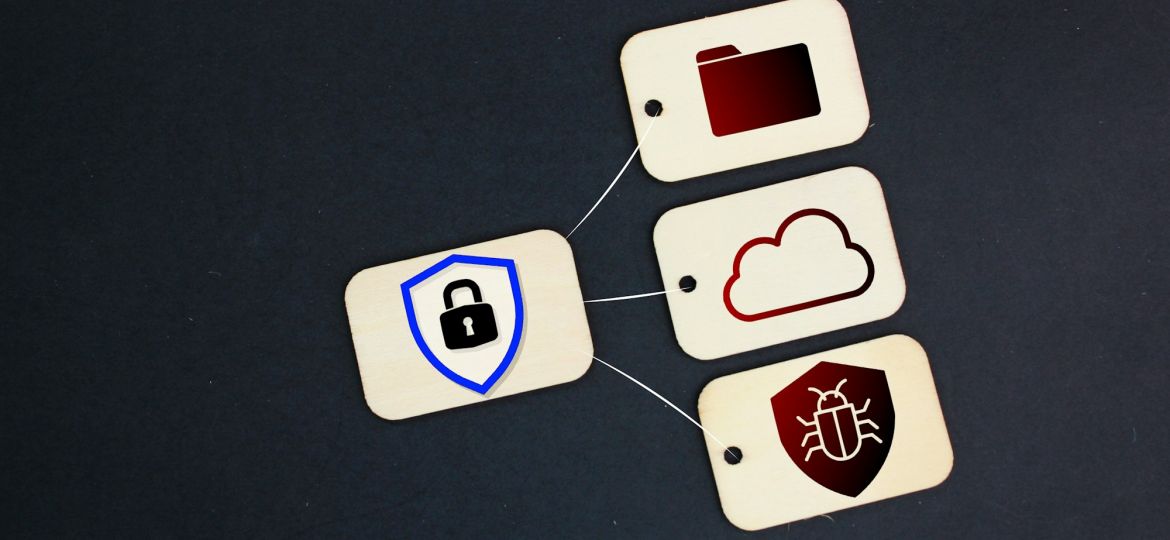
In an era where cloud computing is ubiquitous and integral to business operations, the need for secure cloud application development has never been more critical. As cyber threats evolve in sophistication, ensuring the security of cloud-based applications from the ground up becomes a paramount concern for developers and enterprises alike. This article delves into key strategies for weaving security into the fabric of cloud application development, emphasizing the importance of incorporating security throughout the development lifecycle and adopting a DevSecOps approach specifically tailored for cloud-based applications. Through these strategies, organizations can better protect their data, maintain user trust, and foster a secure cloud ecosystem.
Emphasizing Security in the Development Lifecycle
Incorporating security at the very inception of the development lifecycle is foundational to secure cloud application development. This involves integrating security considerations and practices from the planning phase, through coding, to deployment, and maintenance. Early integration of security measures allows for the identification and mitigation of vulnerabilities at the earliest possible stage, significantly reducing potential attack vectors and the overall risk to the application.
A key aspect of embedding security into the development lifecycle is conducting regular security assessments and audits. These evaluations should be iterative, aligning with the agile nature of cloud application development. By employing automated security tools alongside manual review processes, developers can ensure that security checks are both comprehensive and continuous. This dual approach enables the timely detection of vulnerabilities and the implementation of necessary patches or fixes without derailing project timelines.
Furthermore, educating and training the development team on the latest security threats and best practices is crucial. A well-informed team can make more secure coding decisions, recognize potential security flaws in design, and respond effectively to emerging threats. Security awareness should, therefore, be an integral part of the development culture, ensuring that every team member considers security as a personal responsibility and a core aspect of the application’s success.
Adopting a DevSecOps Approach for Cloud Apps
The DevSecOps approach integrates security practices within the DevOps pipeline, fostering collaboration between development, operations, and security teams. This unity is particularly beneficial for cloud application development, where the rapid pace of deployments and updates demands a seamless integration of security measures. By adopting a DevSecOps approach, organizations ensure that security considerations are not an afterthought but are embedded throughout the application development and deployment process.
Automation plays a pivotal role in the DevSecOps model, enabling teams to implement security controls and compliance checks at each stage of the CI/CD pipeline. This includes automating code analysis, vulnerability scanning, and configuration management, thereby ensuring that security checks keep pace with development and deployment cycles. Such an automated, continuous monitoring framework helps in identifying and addressing security issues in real-time, significantly mitigating the risk of security breaches.
Moreover, fostering a culture of collaboration and shared responsibility for security among all stakeholders is essential. This cultural shift ensures that security is a collective goal, transcending traditional silos. Through regular communication, joint workshops, and shared toolsets, teams can work together more effectively to tackle security challenges. Emphasizing transparency and ongoing learning helps in continuously enhancing the security posture of cloud applications, making the DevSecOps approach a cornerstone of secure cloud application development.
Secure cloud application development is not merely a technical challenge but a strategic imperative that encompasses processes, people, and technology. By emphasizing security throughout the development lifecycle and adopting a DevSecOps approach, organizations can build a robust foundation for secure cloud applications. These key strategies facilitate the early detection and resolution of security issues, promote a culture of security awareness, and ensure the seamless integration of security practices within the agile development process. In the face of ever-evolving cyber threats, adopting these strategies will be instrumental in safeguarding sensitive data and maintaining the integrity of cloud-based applications, thereby securing the digital future of businesses.

